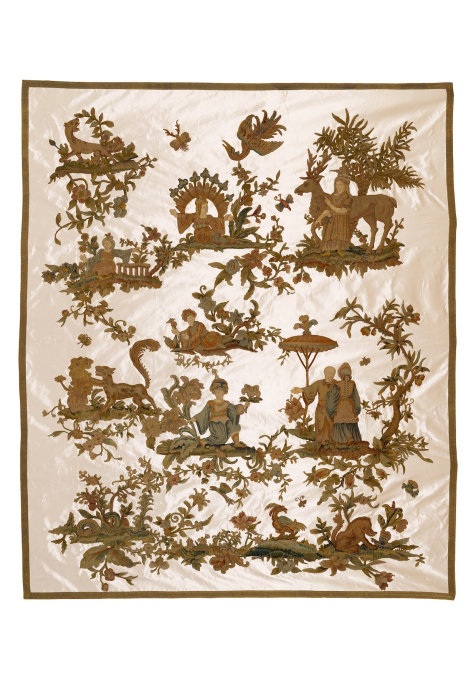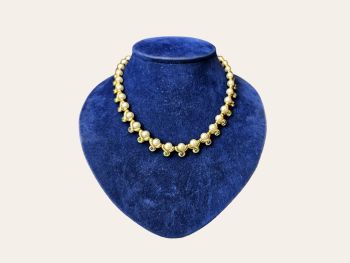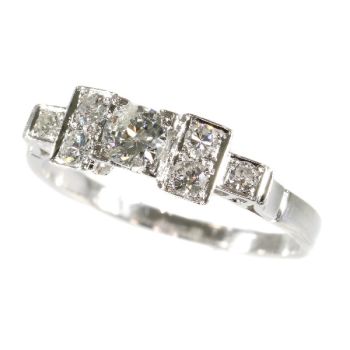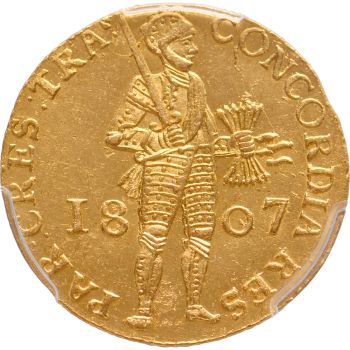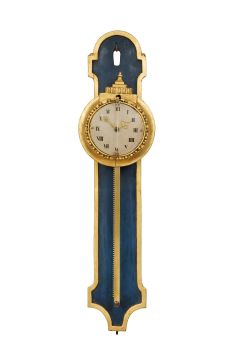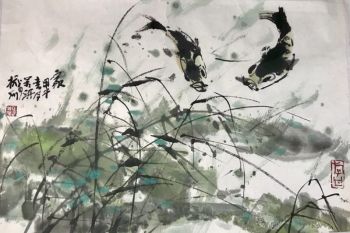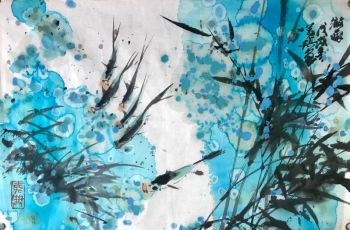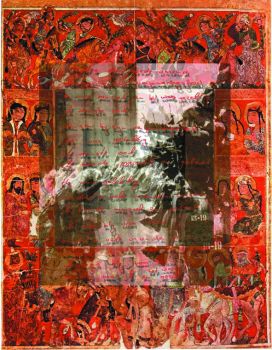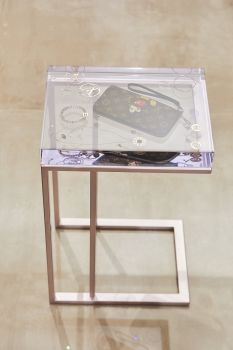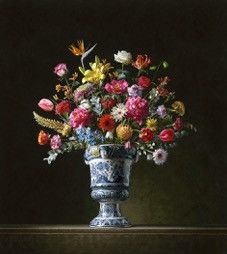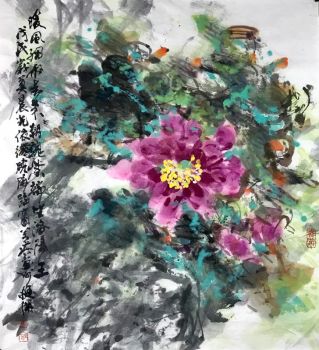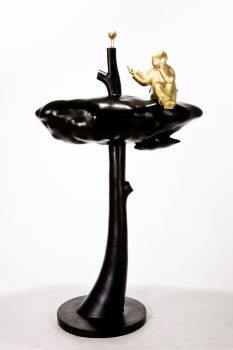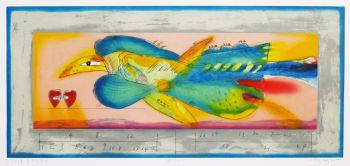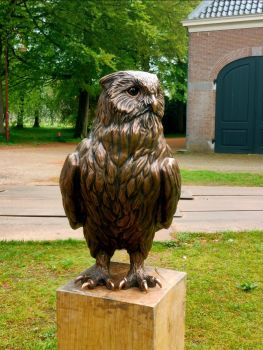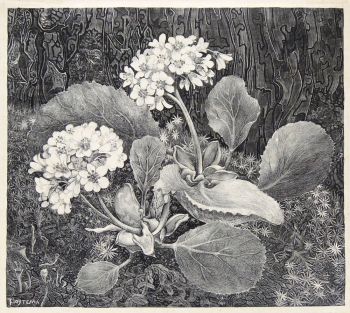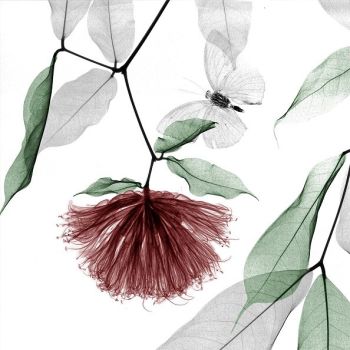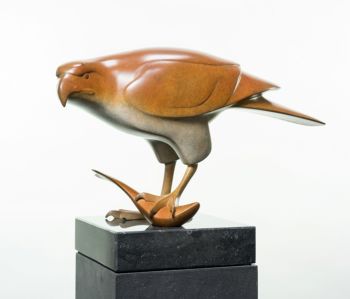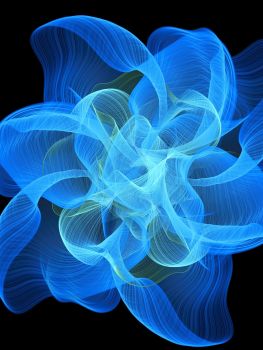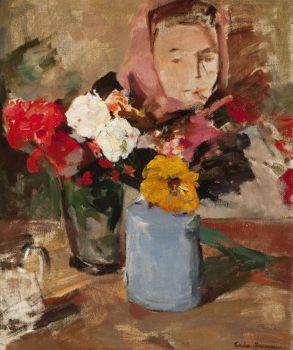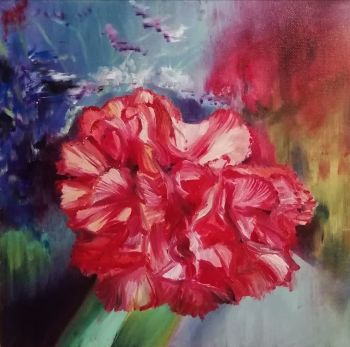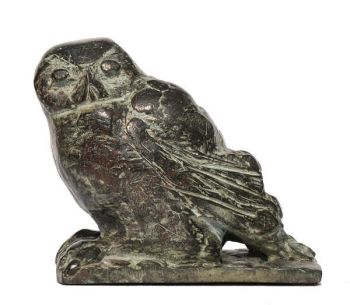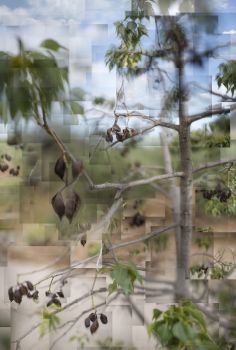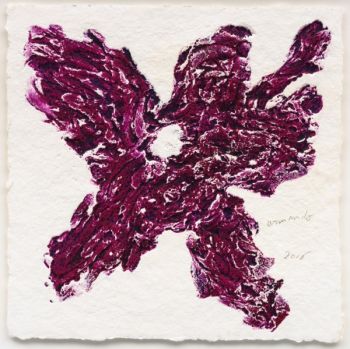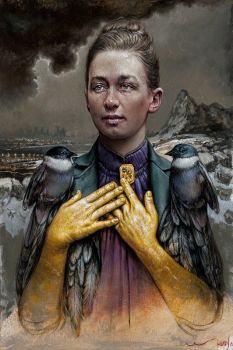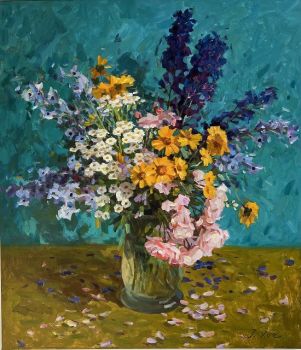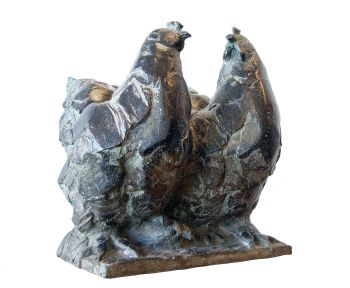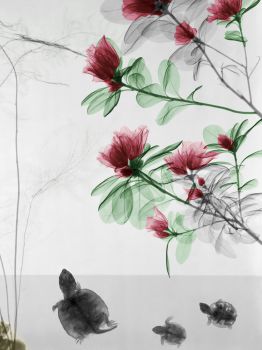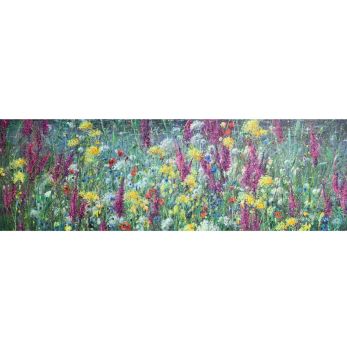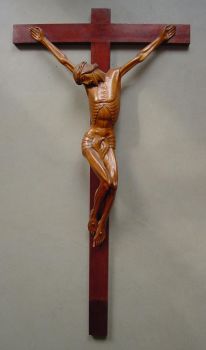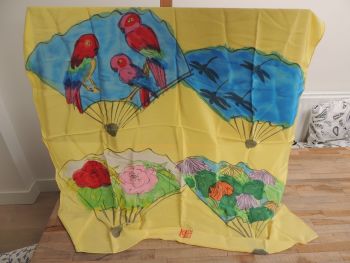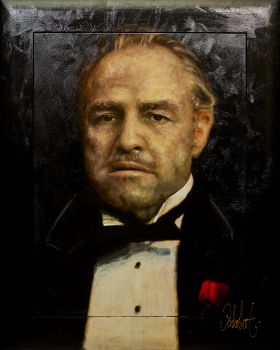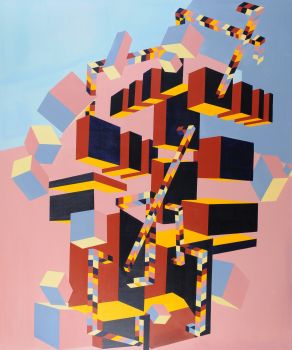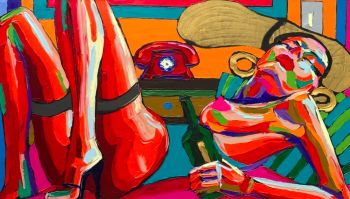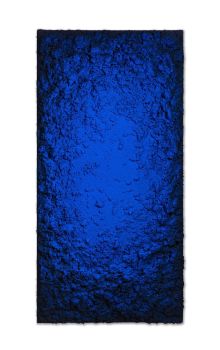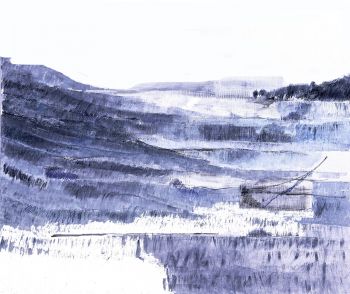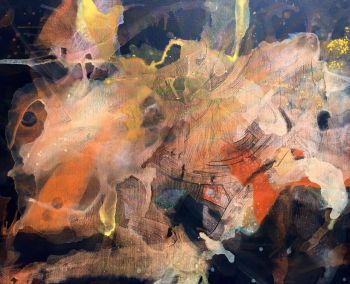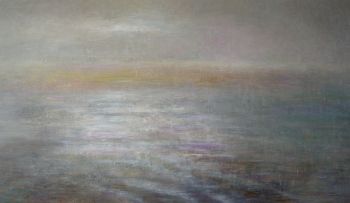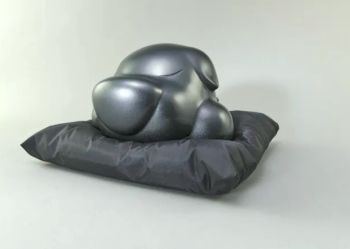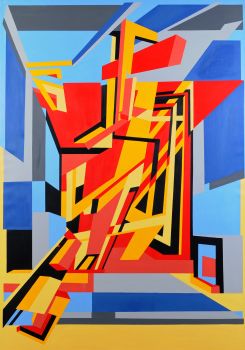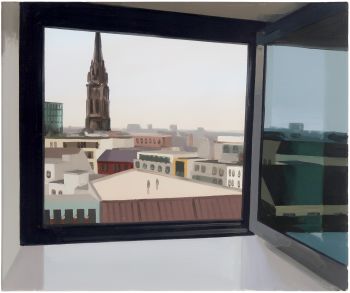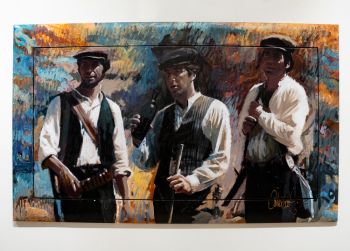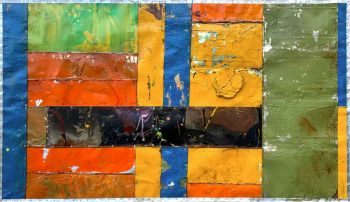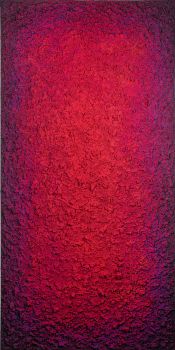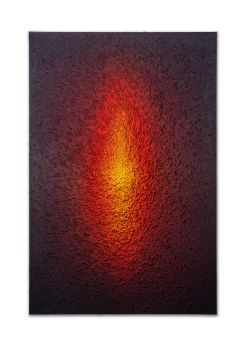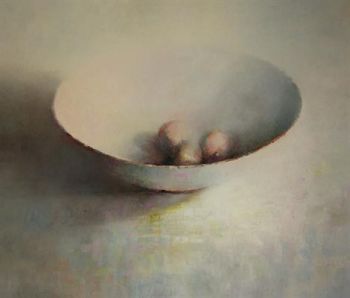English Stumpwork Embroidery with Chinese Curio Motives, 1690-1700 1690
Artiste Inconnu
TextileLaineSoie
290 ⨯ 240 cm
Actuellement indisponible via Gallerease
- Sur l'oeuvre d'artThis wallcovering is embroidered in stumpwork and consists of a number of graphics that are scattered over the surface and seem to have no connection. The space between the sepparate graphics is filled with flowering sprigs, insects and birds.
Stumpwork is a type of embroidery originating from 16th century Brittain. Mainly on a base of linnen, figures were embroidered in wool, silk and metal thread. The relief was obtain by stuffing the embroidery with wool. The origin of this technique probably lies in the making of Italian liturgical attire. The motives of English stumpwork were originally based on classical examples of the Italian Renaissance, but in a free interpretation. Especially this free and fancyful variation gives the English stumpwork its characteristic features.
By the end of the 17th century Oriental motives are introduced, mainly under the influence of Queen Mary and her fondness of the goods that were brought in by the English East India Company (and in the Low Lands the VOC). - Sur l'artiste
Il peut arriver qu'un artiste ou un créateur soit inconnu.
Certaines œuvres ne doivent pas être déterminées par qui elles sont faites ou elles sont faites par (un groupe d') artisans. Les exemples sont des statues de l'Antiquité, des meubles, des miroirs ou des signatures qui ne sont pas claires ou lisibles, mais aussi certaines œuvres ne sont pas signées du tout.
Vous pouvez également trouver la description suivante :
•"Attribué à …." A leur avis probablement une oeuvre de l'artiste, au moins en partie
•« Atelier de …. ou « Atelier de » À leur avis, une œuvre exécutée dans l'atelier ou l'atelier de l'artiste, éventuellement sous sa direction
•« Cercle de… ». A leur avis une oeuvre de la période de l'artiste témoignant de son influence, étroitement associée à l'artiste mais pas forcément son élève
•« Style de … ». ou "Suiveur de ...." Selon eux, une œuvre exécutée dans le style de l'artiste mais pas nécessairement par un élève ; peut être contemporain ou presque contemporain
•« Manière de… ». A leur avis une oeuvre dans le style de l'artiste mais d'une date plus tardive
•"Après …." A leur avis une copie (quelle qu'en soit la date) d'une oeuvre de l'artiste
•« Signé… », « Daté… ». ou « Inscrit » À leur avis, l'œuvre a été signée/datée/inscrite par l'artiste. L'ajout d'un point d'interrogation indique un élément de doute
• "Avec signature ….", "Avec date ….", "Avec inscription …." ou "Porte signature/date/inscription" à leur avis la signature/date/inscription a été ajoutée par quelqu'un d'autre que l'artiste
Artwork details
Related artworks
Artiste Inconnu
Un rare filigrane un gobelet retortoli1550 - 1600
Prix sur demandePeter Korf de Gidts - Antiquairs
1 - 4 / 12- 1 - 4 / 6
Artiste Inconnu
UN MODÈLE JAPONAIS D'UN NORIMONO, UN PALANQUIN1650 - 1700
Prix sur demandeZebregs & Röell - Fine Art - Antiques
1 - 4 / 24- 1 - 4 / 24
- 1 - 4 / 24

